Retro Replay Review
Gameplay
9: The Last Resort adopts a classic first-person point-and-click interface, taking clear inspiration from adventure titles such as Myst. You move through the mansion’s sprawling corridors and secret chambers by clicking hotspots, gathering clues, and examining every crevice for hidden mechanisms. Inventory management is straightforward: items you collect can be inspected, combined, or used directly in puzzle environments, keeping the focus squarely on exploration and deduction.
(HEY YOU!! We hope you enjoy! We try not to run ads. So basically, this is a very expensive hobby running this site. Please consider joining us for updates, forums, and more. Network w/ us to make some cash or friends while retro gaming, and you can win some free retro games for posting. Okay, carry on 👍)
The core gameplay loop revolves around logic puzzles that range from intricate mechanical contraptions to rhythmic musical challenges. Early sections might have you aligning gears or decoding cryptic symbols, while deeper into the mansion you’re orchestrating melodies on an antique piano or adjusting tuning forks. These sequences are generally well-balanced in difficulty, offering moments of “aha!” satisfaction interspersed with occasional head-scratching roadblocks that reward patience and careful note-taking.
Midway through the adventure, the game throws a surprising curveball with a shooting gallery set against a surreal backdrop. This segment introduces a light reflex-based challenge—though it deviates from the cerebral puzzle focus, it injects welcome variety and tests precision under a time constraint. While some purists may find this departure jarring, it ultimately broadens the gameplay palette and showcases the developers’ willingness to experiment within the genre.
Throughout your journey, environmental storytelling is seamlessly woven into each puzzle and hidden passage. Clues are rarely handed to you on a silver platter; instead, you’ll pore over portraits, decipher handwritten notes, and listen for audio cues that hint at the next step. This design encourages a methodical pace, making triumph feel earned and memorable.
Graphics
Visually, 9: The Last Resort delivers an artful blend of pre-rendered backgrounds and animated overlays that capture the mansion’s uncanny atmosphere. Every room feels like a living painting—walls pulse with strange motifs, and hallways stretch into impossible angles, heightening the game’s surreal tone. The resolution and texture work, while dated by modern standards, remain striking thanks to careful composition and a rich, moody color palette.
Character animations are used sparingly but effectively, mainly to bring the nine muses to life in short cutscenes or temporary encounters. These sequences showcase fluid motion and expressive design, reinforcing each muse’s distinct personality—whether it’s a whimsical dancer of sound waves or a shadowy artist whose brush literally shapes reality. The occasional low frame rate during these moments doesn’t detract from their visual impact.
Lighting plays a pivotal role in guiding exploration. Soft spotlights reveal hidden mechanisms, while flickering sconces hint at secret doors. This dynamic illumination not only serves gameplay purposes but also contributes to an immersive sense of place. Shadows dance across grand staircases and ornate archways, giving the mansion a brooding, almost sentient presence.
While there’s minimal full-motion video, the integration of celebrity voices alongside static character portraits elevates key narrative beats, lending gravitas to otherwise text-heavy sequences. Combined with atmospheric sound effects—creaking floorboards, distant whispers, and ambient musical flourishes—the visuals and audio design work in tandem to draw you deeper into the game’s surreal world.
Story
At its heart, 9: The Last Resort presents a delightfully offbeat premise: you’ve inherited a sprawling mansion from a mysterious relative, only to find it hijacked by nine malevolent muses. Each muse embodies a creative domain—music, painting, poetry, dance, and more—and has twisted its domain into a nightmarish puzzle you must unravel. The narrative unfolds gradually, with each muse’s backstory revealed through environmental clues and collectible lore entries.
The strength of the story lies in its surrealism and character-driven arcs. You’re not simply solving disconnected brainteasers; you’re liberating each creative force from its corrupting influence. As you progress, you witness the mansion’s grand halls warp in accordance with the muse you’ve defeated—ceilings drip with liquid melody after toppling the music muse, while hallways bloom with living brushstrokes once the painter is banished. These metamorphoses reinforce the connection between plot and puzzle design.
One of the game’s standout features is its star-studded voice cast. Hearing Robert De Niro’s gravitas, Cher’s distinctive timbre, Christopher Reeve’s measured calm, and James Belushi’s dynamic delivery adds an unexpected layer of cinematic flair. Even the Aerosmith members who lend their voices inject authentic rock-star attitudes into certain sequences. Their performances range from ominous whispers to triumphant declarations, making the confrontation with each muse feel dramatically weighty.
Story pacing is deliberate, allowing you to savor each revelation and piece together the mansion’s dark history. While occasional exposition dumps do occur, they’re balanced by moments of genuine intrigue—uncovering why your ancestor assembled these muses, or what cosmic forces keep them tethered to the estate. By the final act, the narrative stakes feel personal, rewarding dedicated players with a sense of closure and accomplishment.
Overall Experience
9: The Last Resort is a captivating odyssey for fans of classic point-and-click adventures. Its blend of cerebral puzzles, atmospheric visuals, and star-powered voice acting creates an engrossing journey through a mansion that feels alive with creative chaos. The game never rushes you, encouraging methodical exploration and rewarding patience with elegant puzzle solutions and memorable set pieces.
That said, the difficulty curve may deter newcomers to the genre. Some puzzles demand rigorous logic or careful note-taking, and the minimal hinting system can lead to frustration. However, for players who relish deep immersion and unravelling complex challenges, these moments become highlights rather than roadblocks—each solved puzzle delivering a satisfying payoff.
Musically and thematically, the title remains unique: the fusion of mechanical challenges with musical sequences, coupled with the unexpected shooting gallery, keeps the experience fresh from start to finish. Replay value hinges largely on whether you long to revisit your favorite muses or re-experience the game’s signature atmospheres, but the adventure stands tall on its own merits.
In sum, 9: The Last Resort offers a singular adventure that marries surreal storytelling with intricate puzzle design. It may not cater to every player’s taste, but for those seeking a richly atmospheric, thought-provoking excursion—bolstered by some of the most famous voices to ever grace a computer game—it’s a must-play title that leaves a lasting impression.
 Retro Replay Retro Replay gaming reviews, news, emulation, geek stuff and more!
Retro Replay Retro Replay gaming reviews, news, emulation, geek stuff and more!
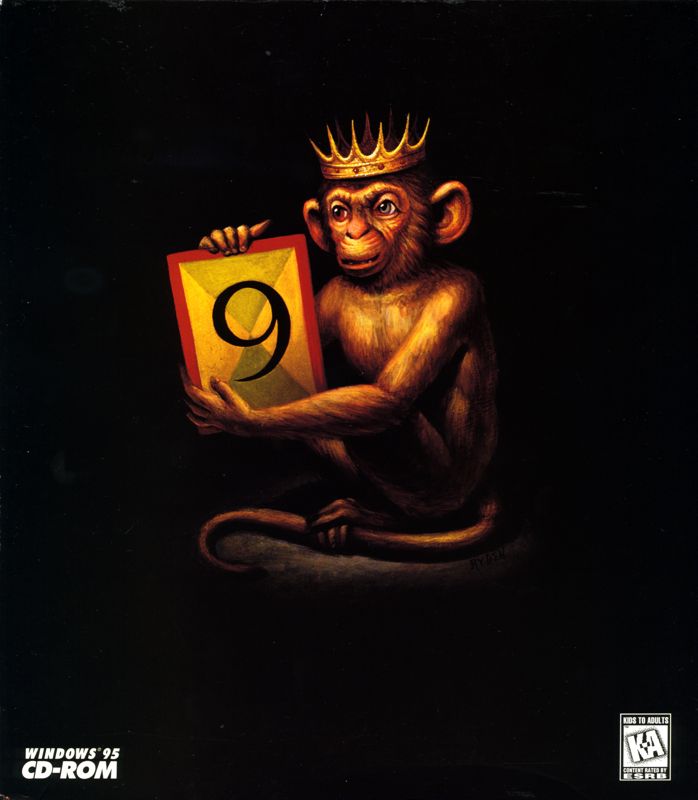
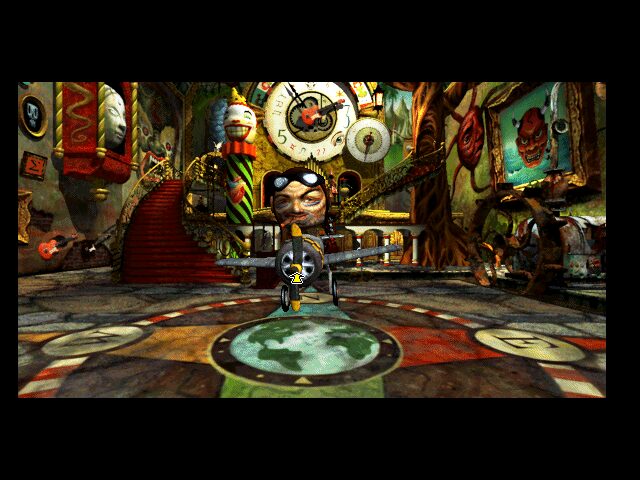
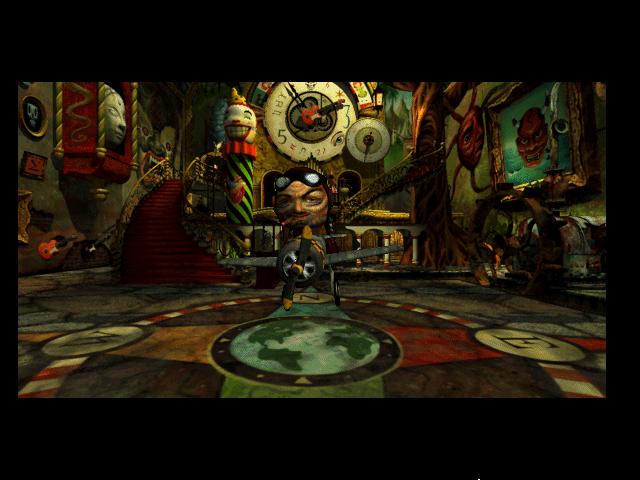
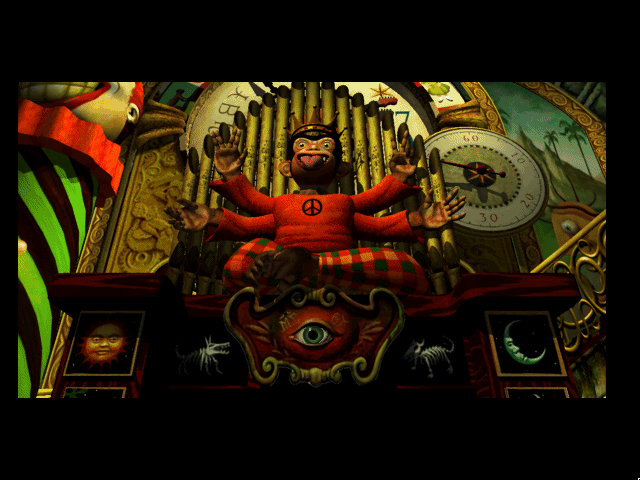
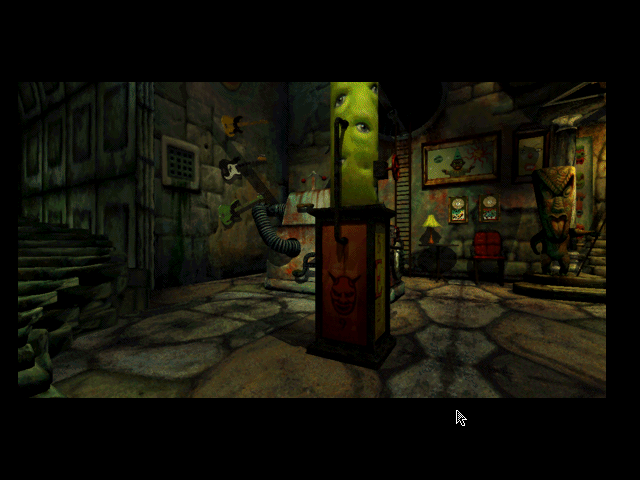
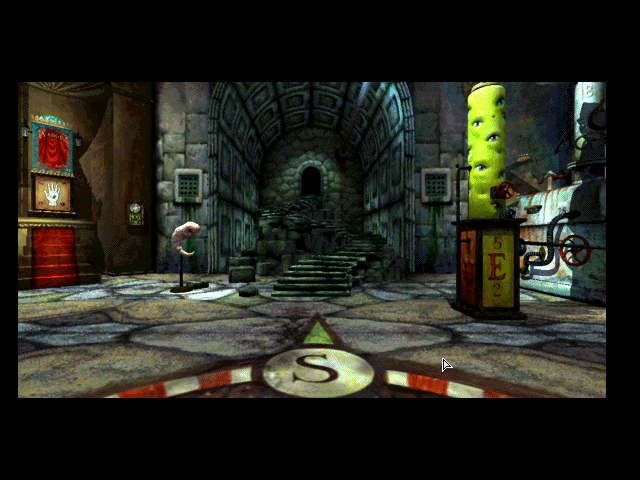



Reviews
There are no reviews yet.